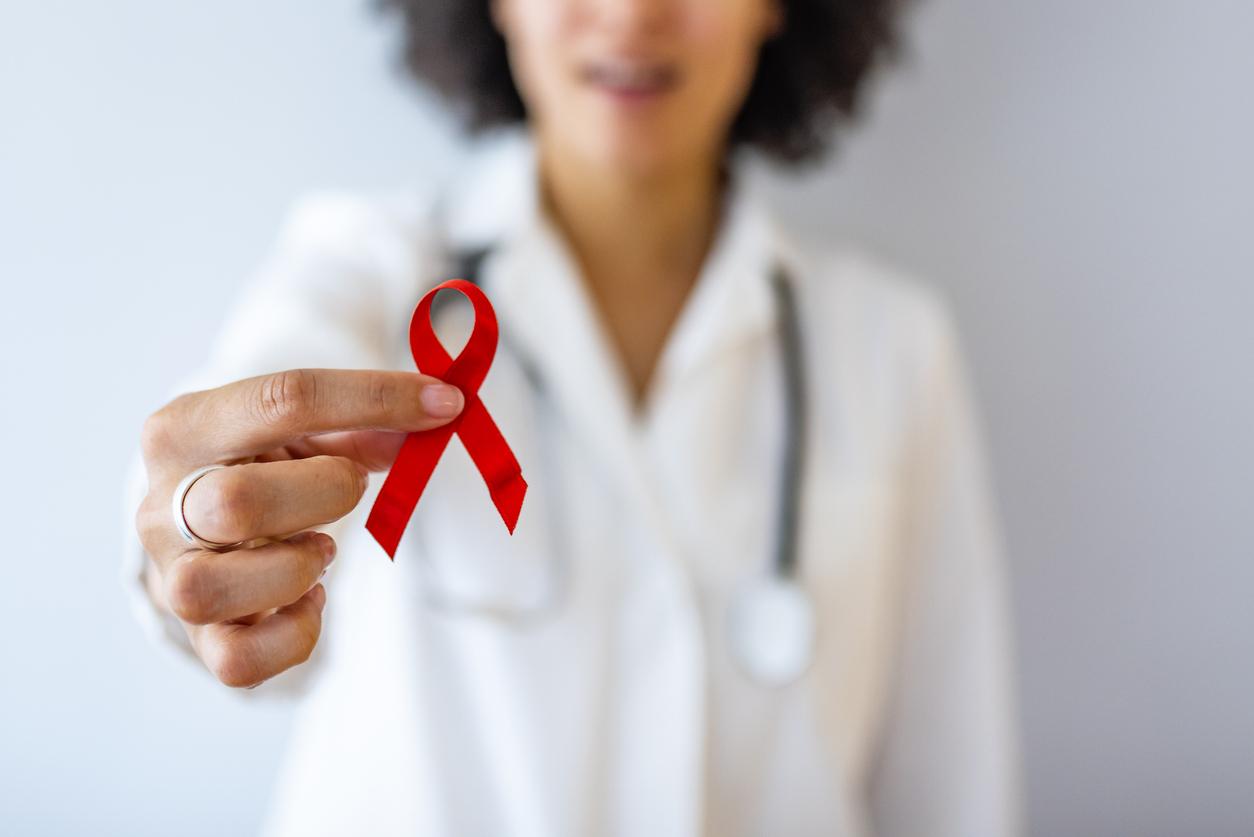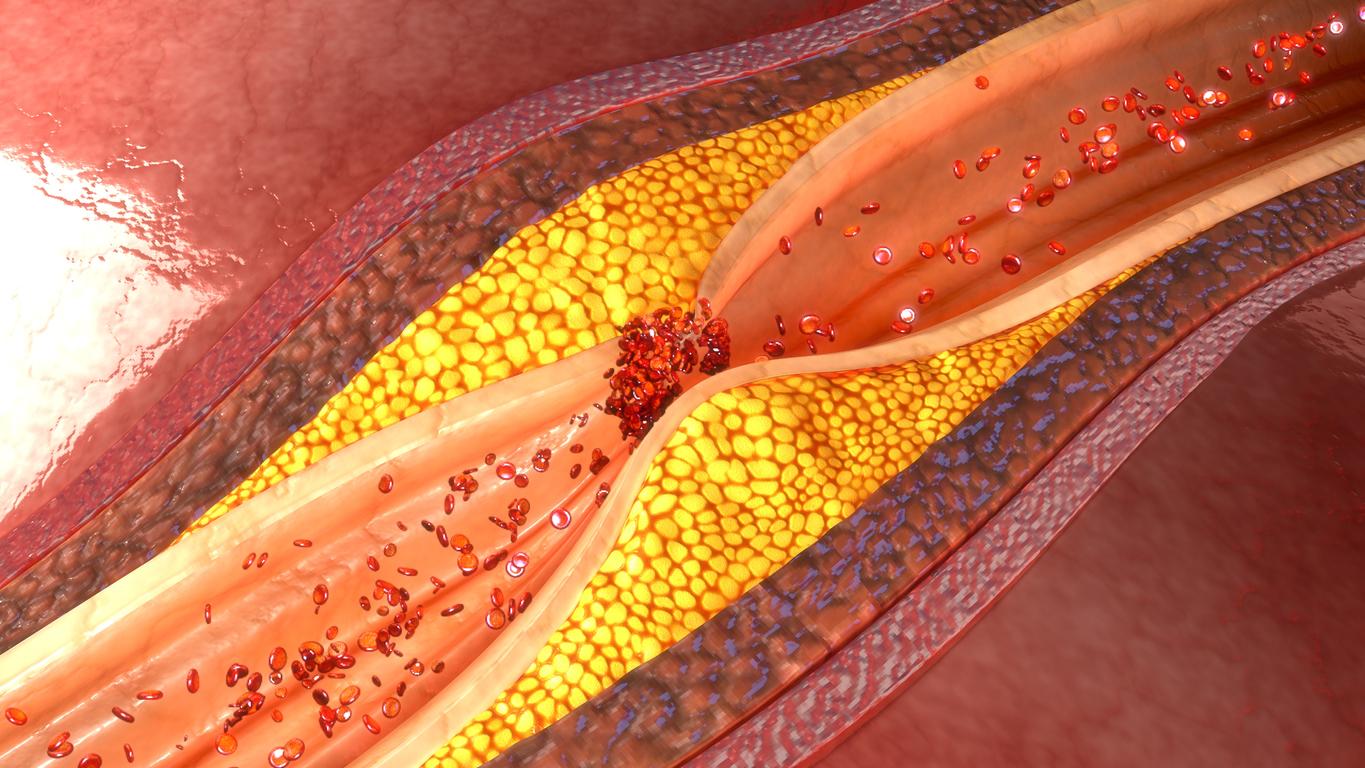If the number of patients with hepatitis B and C in France seems to have decreased in recent years, too many people remain “untested and carriers of undiagnosed viral infections”, according to the latest Weekly Epidemiological Bulletin (BEH) published on Tuesday 24 September.

There is progress but it is not yet enough. If the number of people with hepatitis B and C seems to have decreased in recent years, “too many people remain untested and carriers of undiagnosed viral infections”, warns the Weekly Epidemiological Bulletin (BEH) published on Tuesday, September 24, while the National Day for the Fight against Viral Hepatitis will take place on September 25.
According to these new estimates, 0.3% of the population of mainland France aged 18 to 75 are respectively affected by chronic hepatitis B and chronic hepatitis C. Or “about 135,000 individuals for each of these pathologies”, due to viruses that attack the liver that can lead to cirrhosis or cancer, according to the team of researchers from Public Health France.
These figures may have decreased compared to previous estimates (0.65% in 2004 and 0.42% in 2011 respectively), “because of the differences in the methods used, it is advisable to be careful in comparing these estimates” , explain the scientists.
“We need to step up our screening actions”
Indeed, the methods used to arrive at this assessment such as home blood self-testing and telephone surveys could hardly reach marginalized populations, active drug users and homeless people, who are more likely to be affected. by these diseases.
“We need to strengthen our screening actions (…) among the populations most exposed” to hepatitis C and “achieve a vaccination coverage of 95% to fight against viral hepatitis B”, therefore alerts Jérôme Salomon, Director General of Health, and author of the editorial of this Bulletin.
The hepatitis B virus is usually introduced into the body through blood, sexual contact, or even saliva or breast milk. Its chronic form is responsible for 40% of cases of primary liver cancer. It also very rarely happens that these diseases are caused by certain drugs (high-dose paracetamol), excessive alcohol consumption, excess fat or even an immune system disorder. Hepatitis C is mainly transmitted through blood. It can lead to cirrhosis and liver cancer and is the cause of around 2,500 deaths per year.
In France, mandatory hepatitis B screening for pregnant women
Also, the people most at risk of contracting hepatitis are those who have already used drugs by intravenous injection or by “sniff”, received a blood transfusion before the 1990s, or had multiple unprotected sexual relations. People who have shared shaving equipment, a toothbrush or a sharp object with a patient are also more vulnerable. Finally, are particularly exposed to hepatitis B (the risks are much rarer in this case for C), those whose mother was suffering from this disease at the time of birth. It is transmitted from mother to child during pregnancy, childbirth and breastfeeding. Also, in France, screening for hepatitis B is compulsory for pregnant women.
But in most cases it is during a routine blood test that chronic carriers of hepatitis discover their disease. Because, unless there are flu-like symptoms or fulminant hepatitis, the affliction most often goes unnoticed. Once diagnosed, it is essential to be treated as quickly as possible before the disease affects the liver and the patient contaminates his sexual partners.
If at present we only know how to keep hepatitis B under control and not eliminate it, the fight against hepatitis C has made good progress thanks to direct-acting antiviral (DAA) treatments. These cure 95% of patients in just a few weeks. According to another BEH article, by the end of 2017, 59,000 people had started treatment with DAAs. France now aims to reach 120,000 patients treated and cured by 2022.


.

















